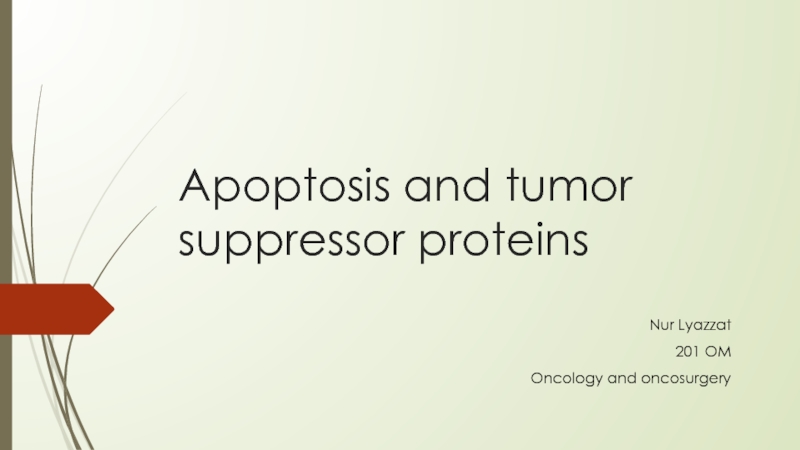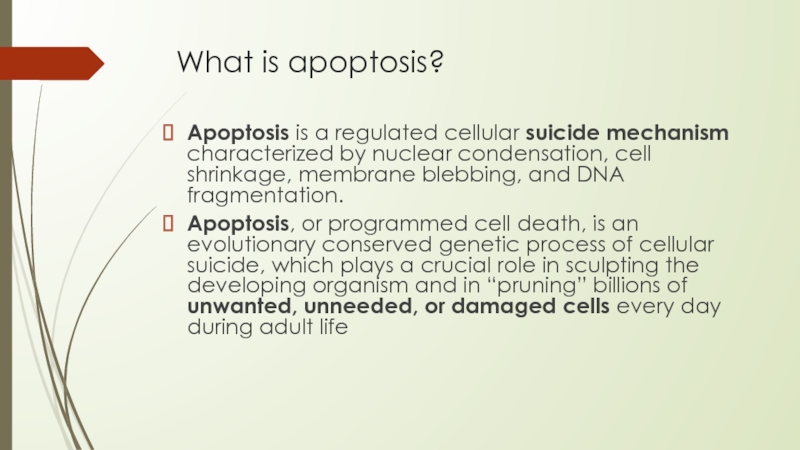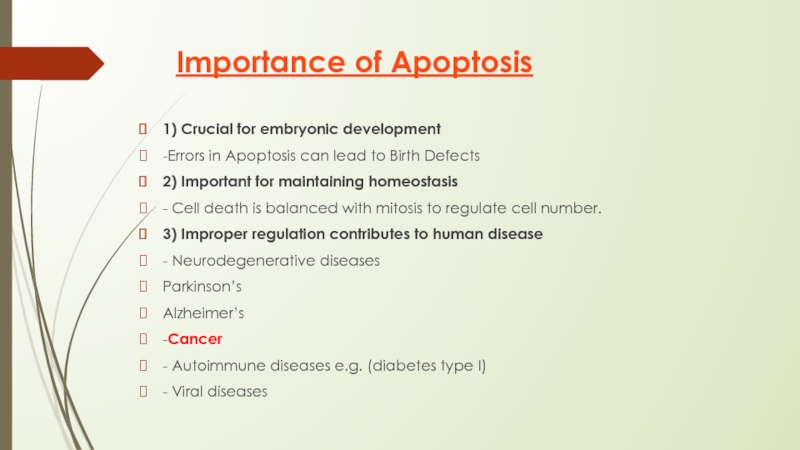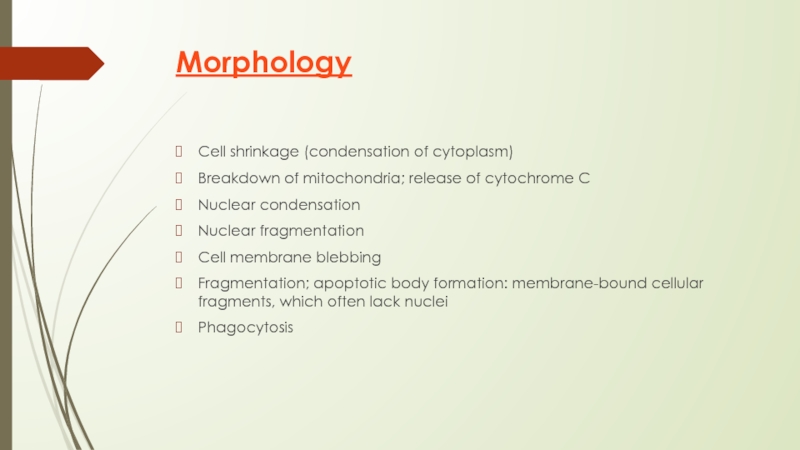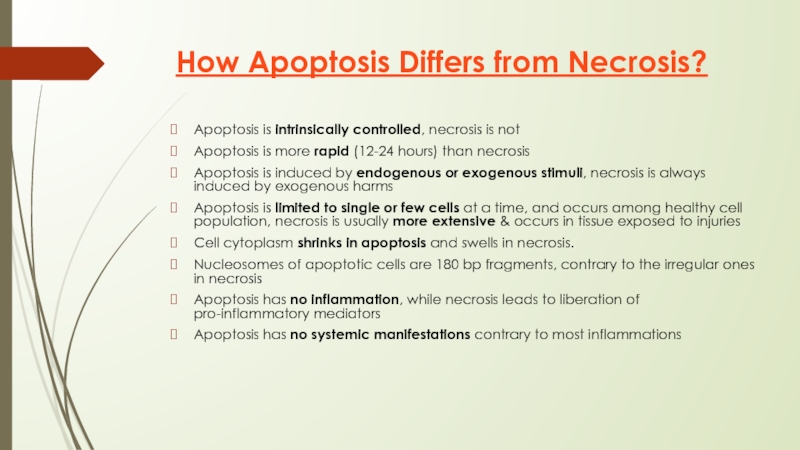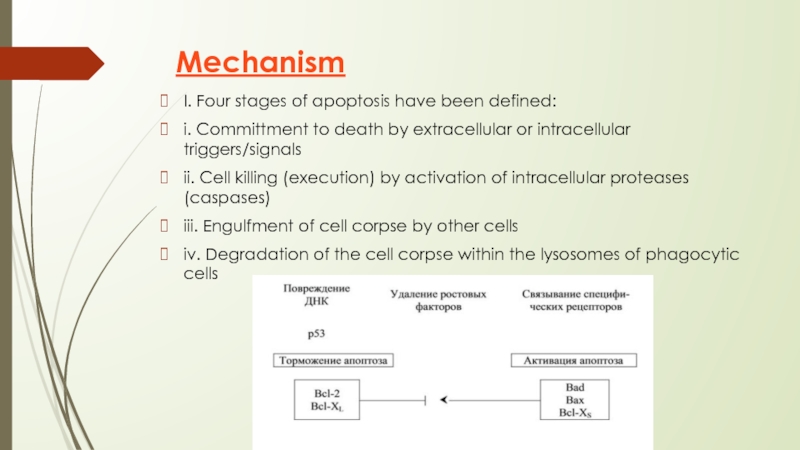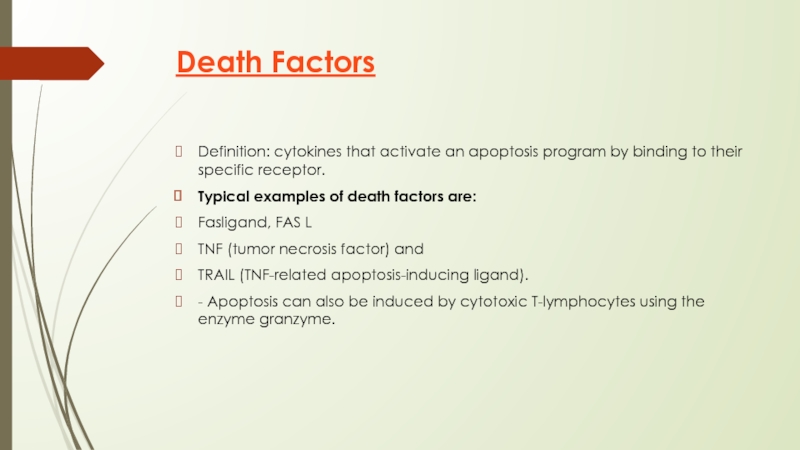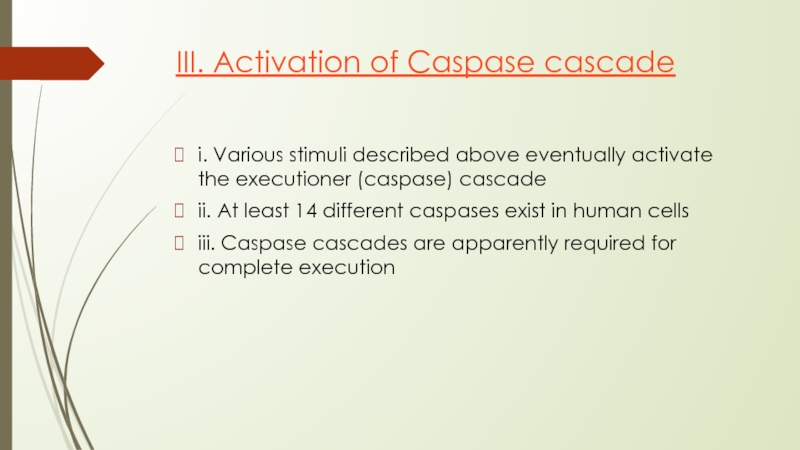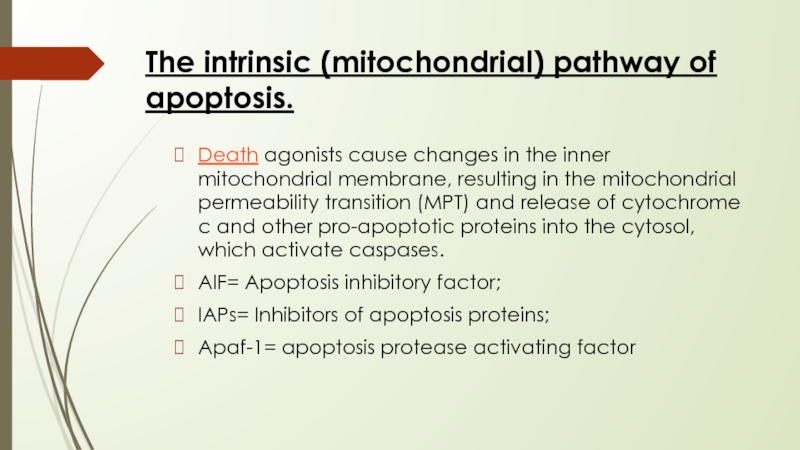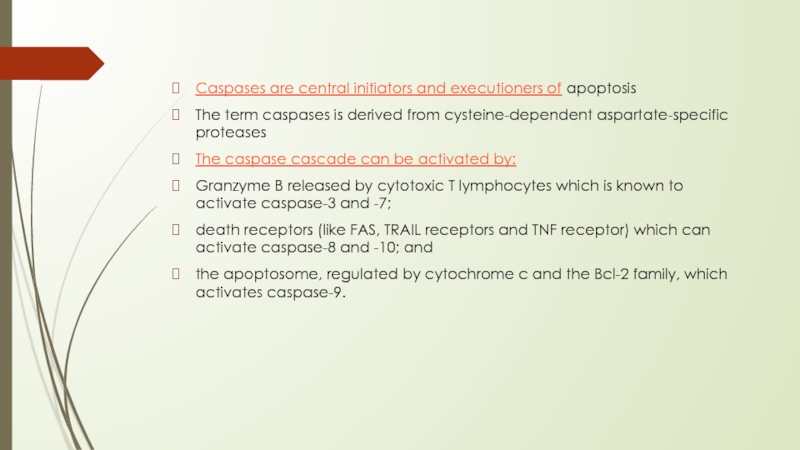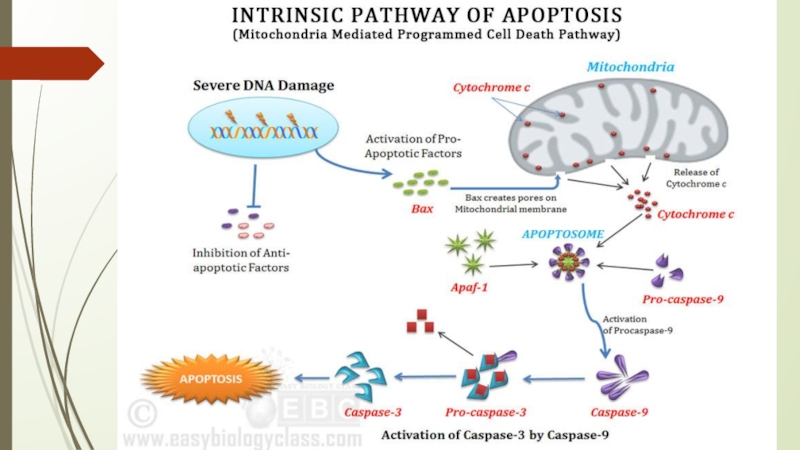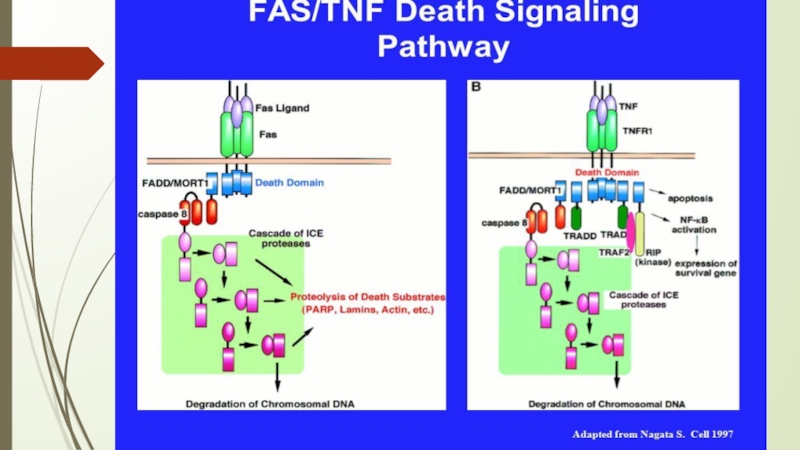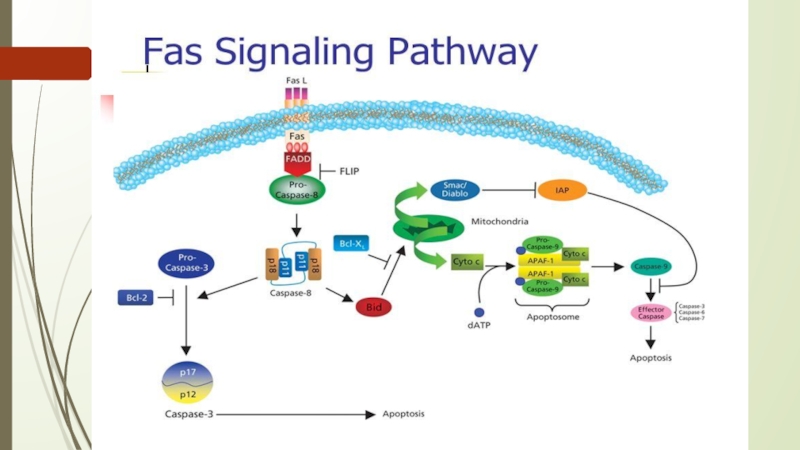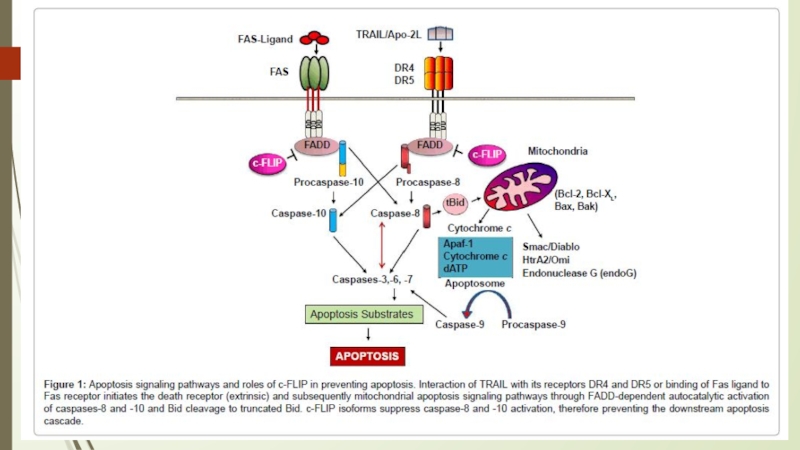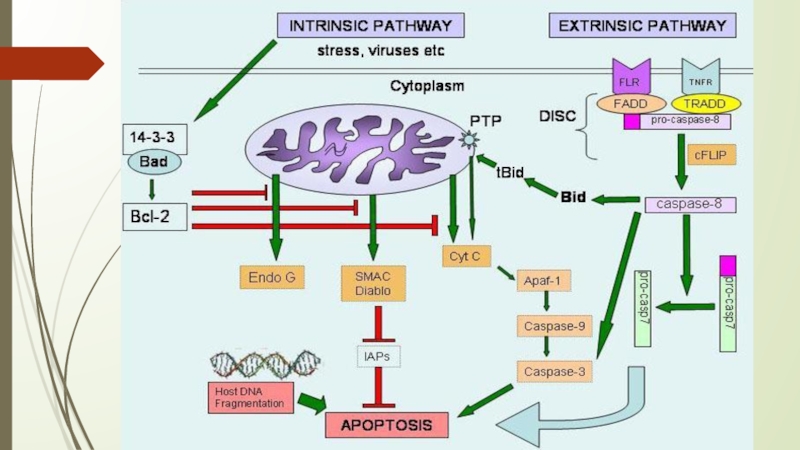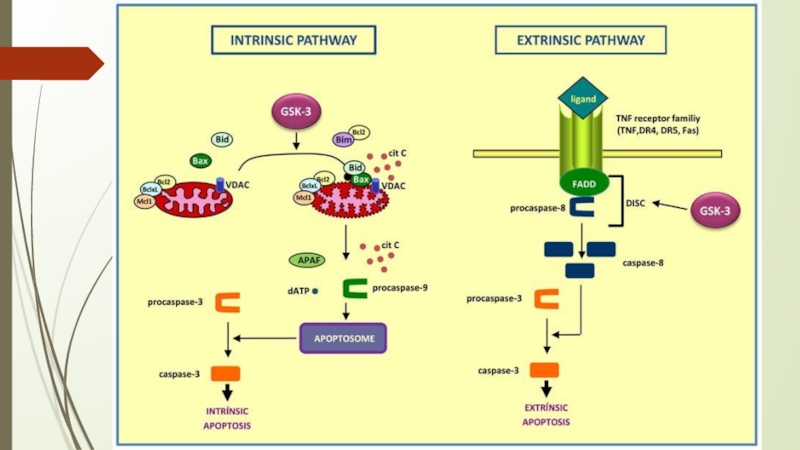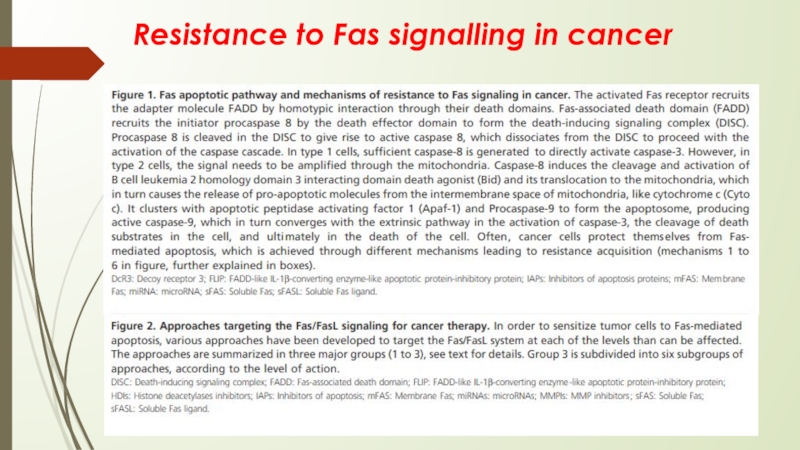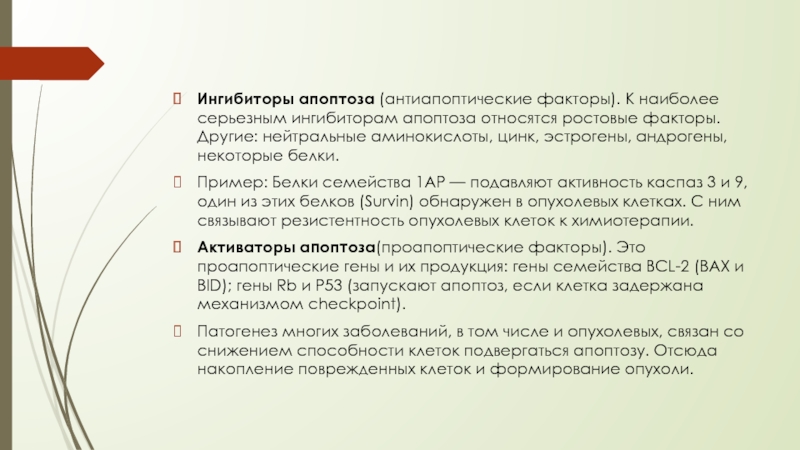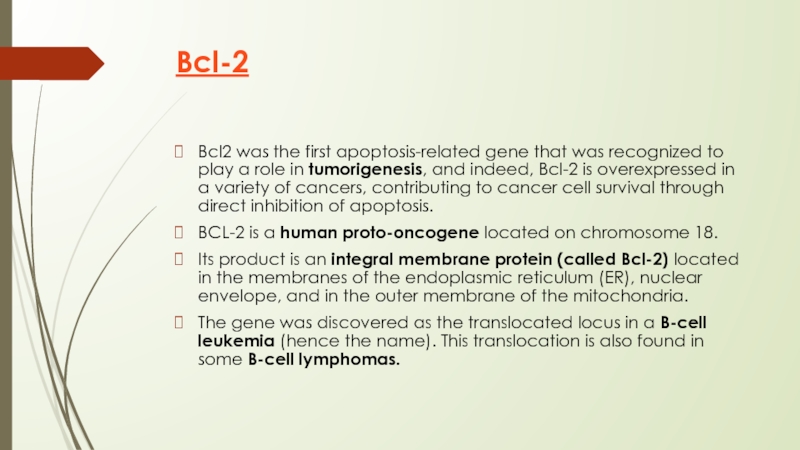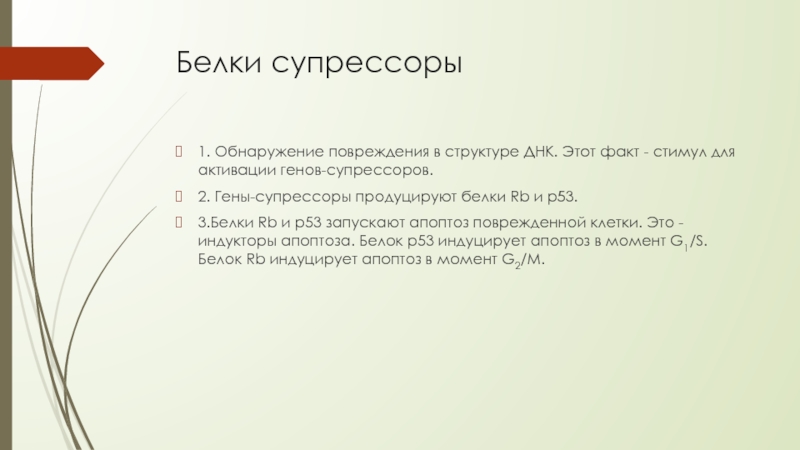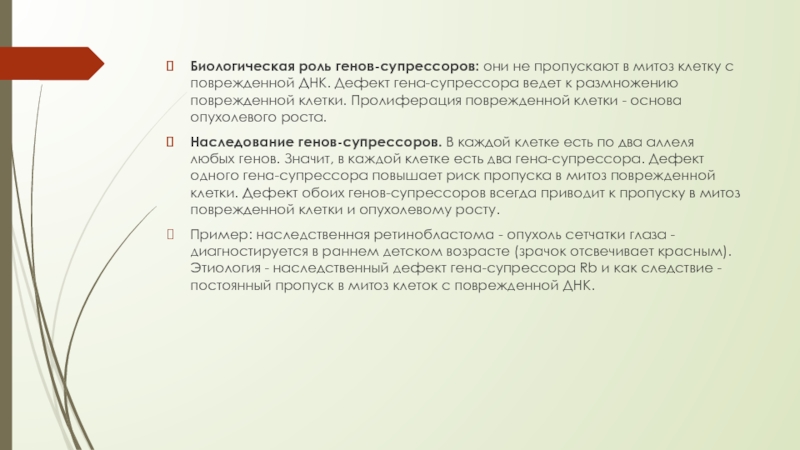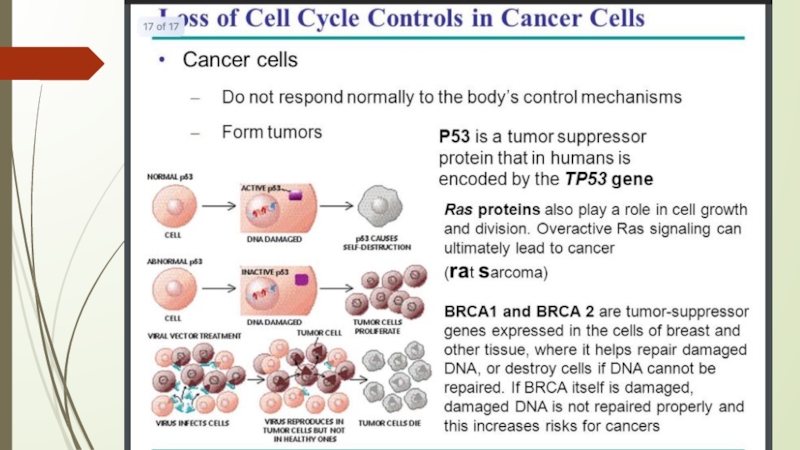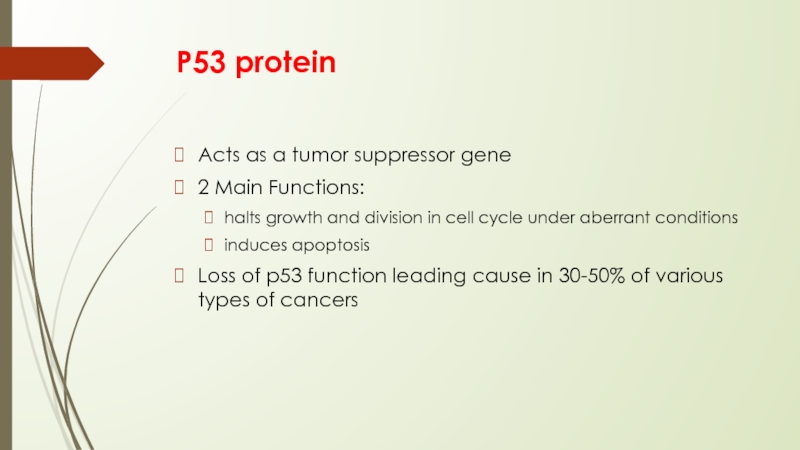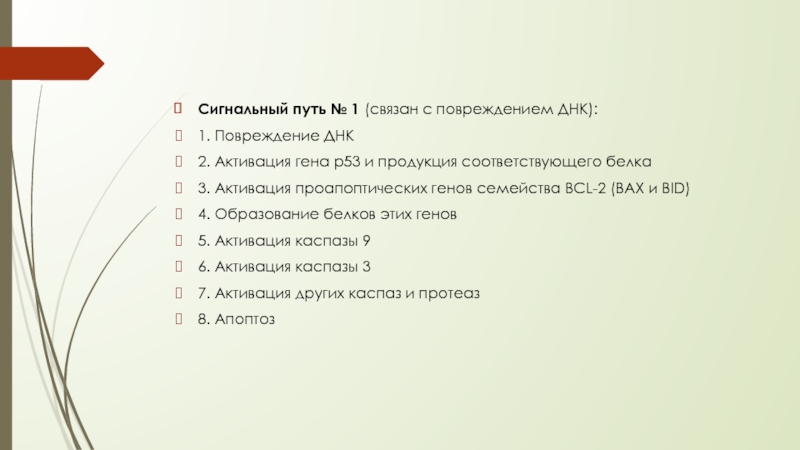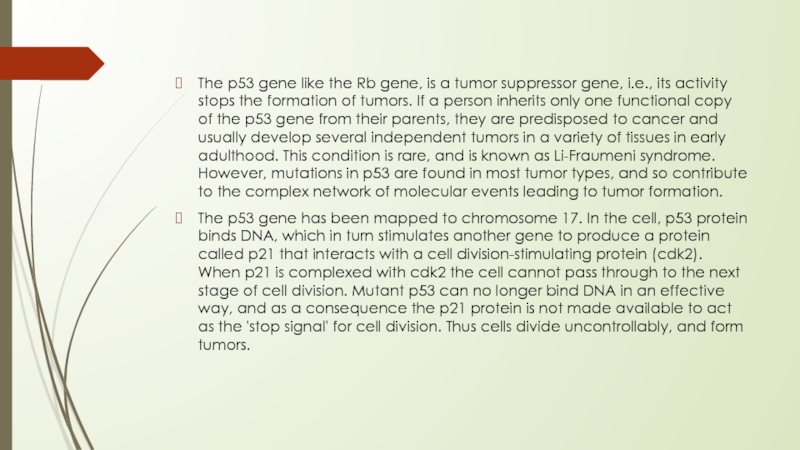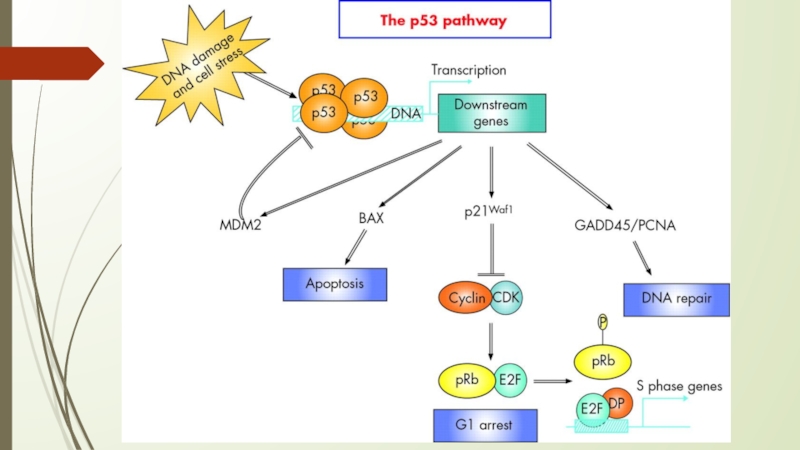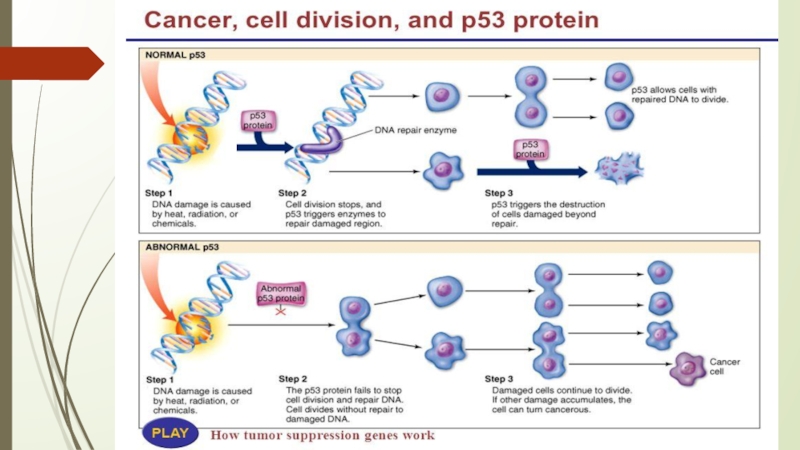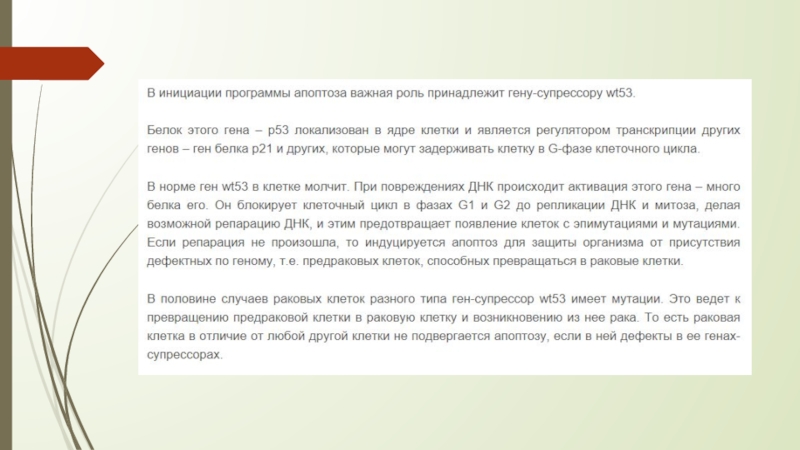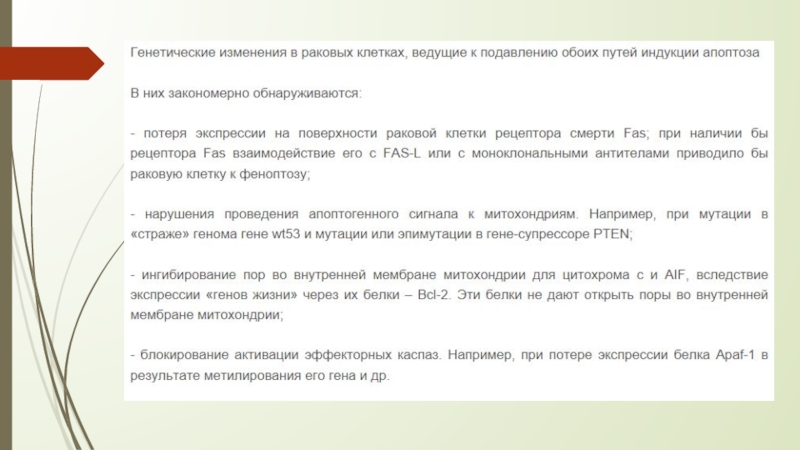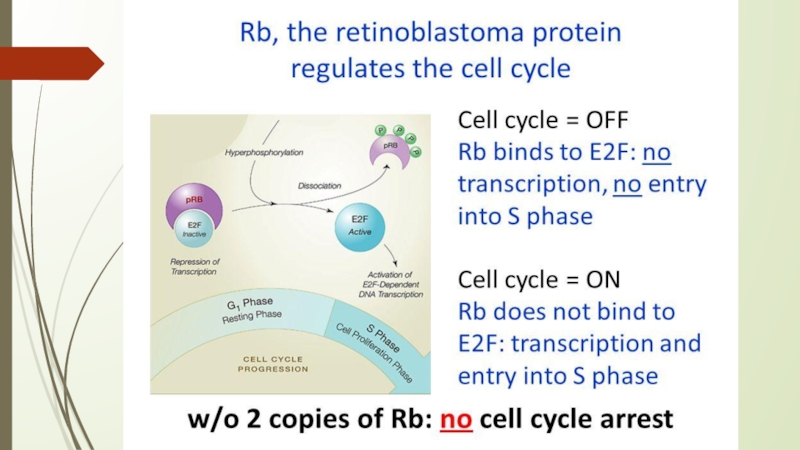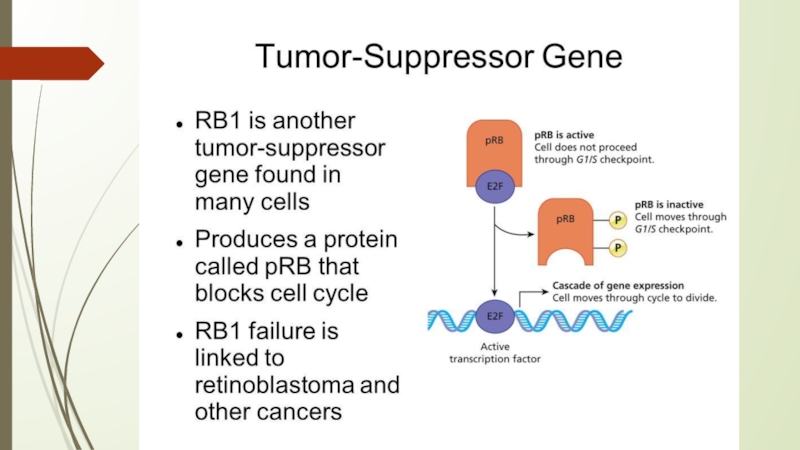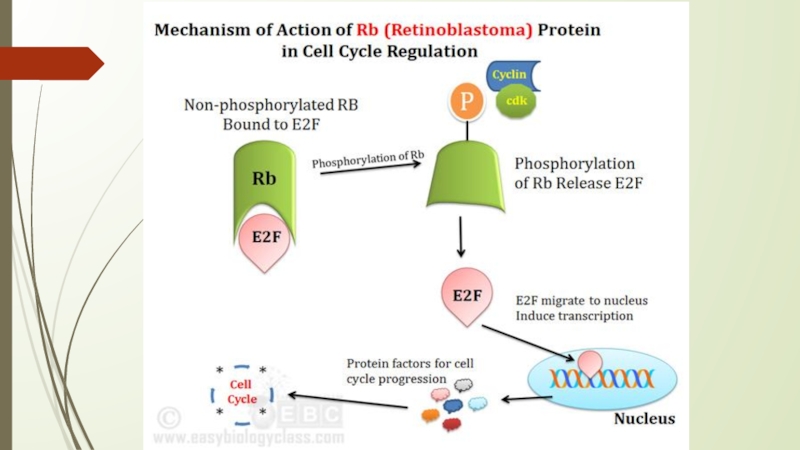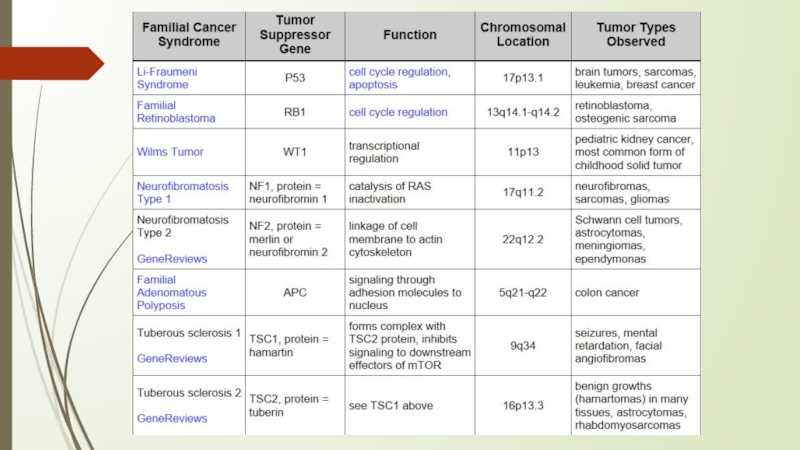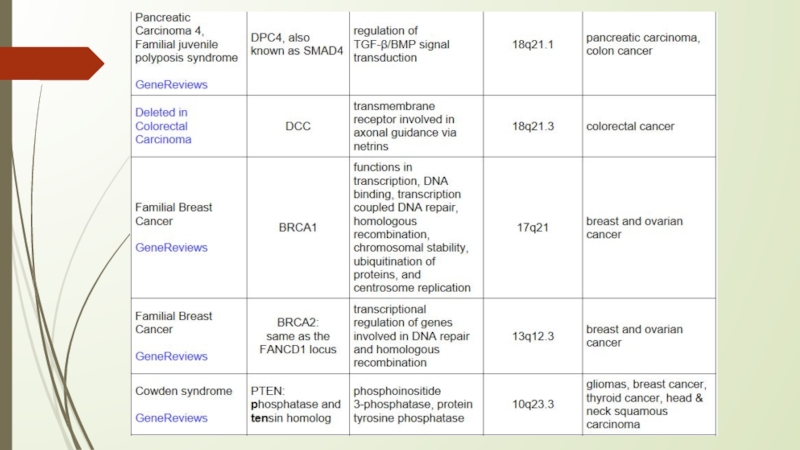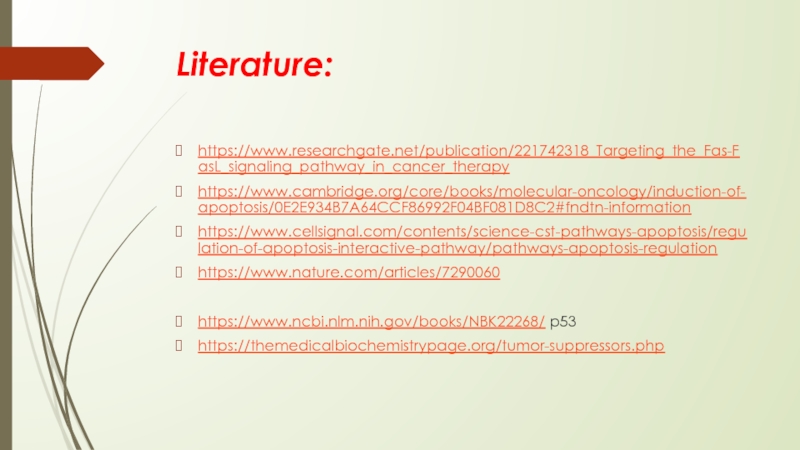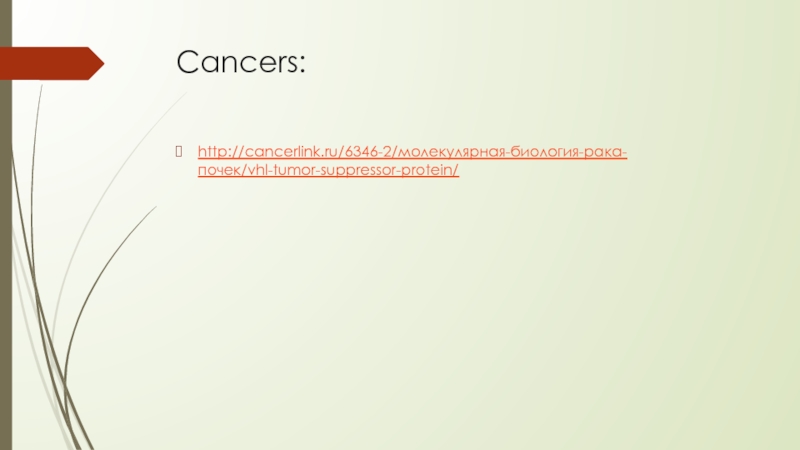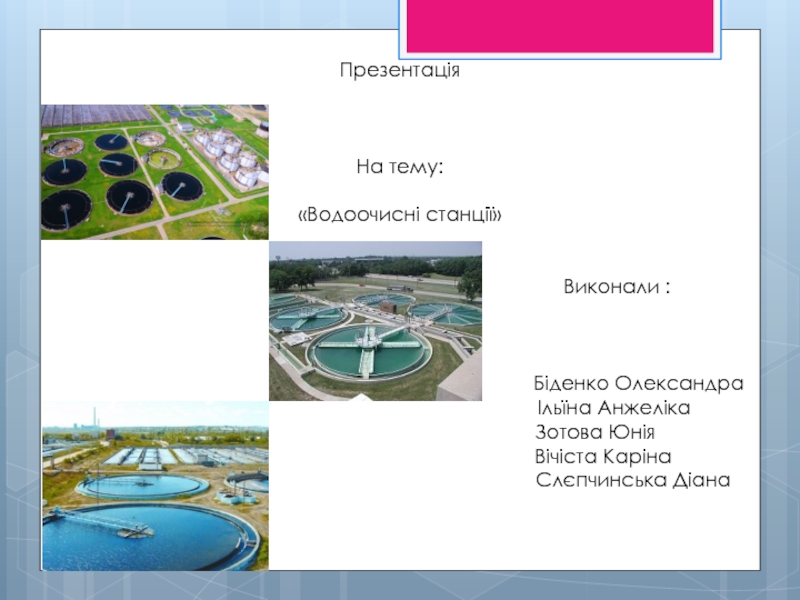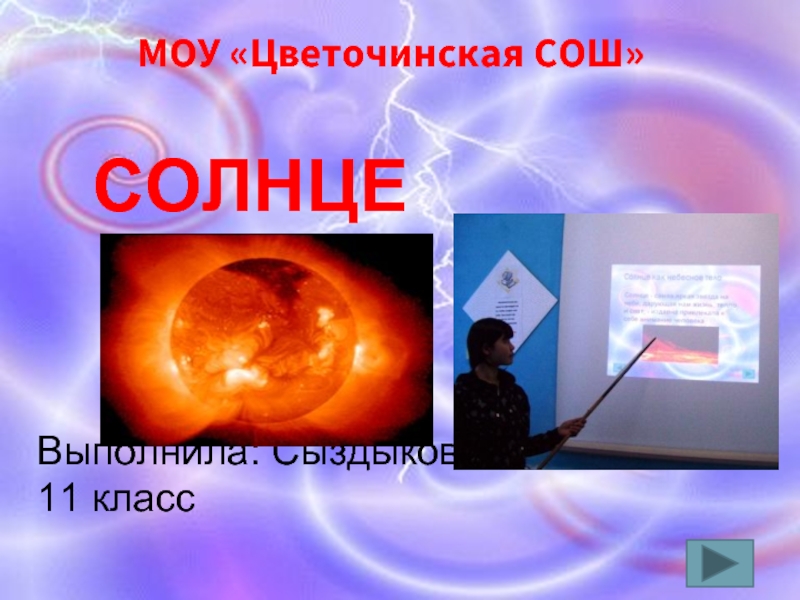- Главная
- Разное
- Дизайн
- Бизнес и предпринимательство
- Аналитика
- Образование
- Развлечения
- Красота и здоровье
- Финансы
- Государство
- Путешествия
- Спорт
- Недвижимость
- Армия
- Графика
- Культурология
- Еда и кулинария
- Лингвистика
- Английский язык
- Астрономия
- Алгебра
- Биология
- География
- Детские презентации
- Информатика
- История
- Литература
- Маркетинг
- Математика
- Медицина
- Менеджмент
- Музыка
- МХК
- Немецкий язык
- ОБЖ
- Обществознание
- Окружающий мир
- Педагогика
- Русский язык
- Технология
- Физика
- Философия
- Химия
- Шаблоны, картинки для презентаций
- Экология
- Экономика
- Юриспруденция
апоптоз презентация
Содержание
- 1. апоптоз
- 2. What is apoptosis? Apoptosis is a regulated
- 3. Importance of Apoptosis 1) Crucial for embryonic
- 4. Morphology Cell shrinkage (condensation of cytoplasm) Breakdown
- 5. How Apoptosis Differs from Necrosis? Apoptosis is
- 6. Mechanism I. Four stages of apoptosis have
- 7. Death Factors Definition: cytokines that activate an
- 8. III. Activation of Caspase cascade
- 9. The intrinsic (mitochondrial) pathway of apoptosis. Death
- 10. Caspases are central initiators and executioners of
- 17. Resistance to Fas signalling in cancer
- 18. Ингибиторы апоптоза (антиапоптические факторы). К наиболее серьезным
- 19. Bcl-2 Bcl2 was the first apoptosis-related gene
- 20. Белки супрессоры 1. Обнаружение повреждения в
- 21. Биологическая роль генов-супрессоров: они не пропускают в
- 23. P53 protein Acts as a tumor suppressor
- 24. Сигнальный путь № 1 (связан с повреждением
- 25. The p53 gene like the Rb gene,
- 35. https://www.youtube.com/watch?v=8kbAQq_Pp8gb - Intrinsic Pathway https://www.youtube.com/watch?v=Aqf-n3pHv1I –
- 36. Literature: https://www.researchgate.net/publication/221742318_Targeting_the_Fas-FasL_signaling_pathway_in_cancer_therapy https://www.cambridge.org/core/books/molecular-oncology/induction-of-apoptosis/0E2E934B7A64CCF86992F04BF081D8C2#fndtn-information https://www.cellsignal.com/contents/science-cst-pathways-apoptosis/regulation-of-apoptosis-interactive-pathway/pathways-apoptosis-regulation https://www.nature.com/articles/7290060 https://www.ncbi.nlm.nih.gov/books/NBK22268/ p53 https://themedicalbiochemistrypage.org/tumor-suppressors.php
- 37. http://humbio.ru/humbio/cytology/00118f2b.htm p53
- 38. Cancers: http://cancerlink.ru/6346-2/молекулярная-биология-рака-почек/vhl-tumor-suppressor-protein/
Слайд 2What is apoptosis?
Apoptosis is a regulated cellular suicide mechanism characterized by
nuclear condensation, cell shrinkage, membrane blebbing, and DNA fragmentation.
Apoptosis, or programmed cell death, is an evolutionary conserved genetic process of cellular suicide, which plays a crucial role in sculpting the developing organism and in “pruning” billions of unwanted, unneeded, or damaged cells every day during adult life
Apoptosis, or programmed cell death, is an evolutionary conserved genetic process of cellular suicide, which plays a crucial role in sculpting the developing organism and in “pruning” billions of unwanted, unneeded, or damaged cells every day during adult life
Слайд 3Importance of Apoptosis
1) Crucial for embryonic development
-Errors in Apoptosis can lead
to Birth Defects
2) Important for maintaining homeostasis
- Cell death is balanced with mitosis to regulate cell number.
3) Improper regulation contributes to human disease
- Neurodegenerative diseases
Parkinson’s
Alzheimer’s
-Cancer
- Autoimmune diseases e.g. (diabetes type I)
- Viral diseases
2) Important for maintaining homeostasis
- Cell death is balanced with mitosis to regulate cell number.
3) Improper regulation contributes to human disease
- Neurodegenerative diseases
Parkinson’s
Alzheimer’s
-Cancer
- Autoimmune diseases e.g. (diabetes type I)
- Viral diseases
Слайд 4Morphology
Cell shrinkage (condensation of cytoplasm)
Breakdown of mitochondria; release of cytochrome C
Nuclear
condensation
Nuclear fragmentation
Cell membrane blebbing
Fragmentation; apoptotic body formation: membrane-bound cellular fragments, which often lack nuclei
Phagocytosis
Nuclear fragmentation
Cell membrane blebbing
Fragmentation; apoptotic body formation: membrane-bound cellular fragments, which often lack nuclei
Phagocytosis
Слайд 5How Apoptosis Differs from Necrosis?
Apoptosis is intrinsically controlled, necrosis is not
Apoptosis
is more rapid (12-24 hours) than necrosis
Apoptosis is induced by endogenous or exogenous stimuli, necrosis is always induced by exogenous harms
Apoptosis is limited to single or few cells at a time, and occurs among healthy cell population, necrosis is usually more extensive & occurs in tissue exposed to injuries
Cell cytoplasm shrinks in apoptosis and swells in necrosis.
Nucleosomes of apoptotic cells are 180 bp fragments, contrary to the irregular ones in necrosis
Apoptosis has no inflammation, while necrosis leads to liberation of pro-inflammatory mediators
Apoptosis has no systemic manifestations contrary to most inflammations
Apoptosis is induced by endogenous or exogenous stimuli, necrosis is always induced by exogenous harms
Apoptosis is limited to single or few cells at a time, and occurs among healthy cell population, necrosis is usually more extensive & occurs in tissue exposed to injuries
Cell cytoplasm shrinks in apoptosis and swells in necrosis.
Nucleosomes of apoptotic cells are 180 bp fragments, contrary to the irregular ones in necrosis
Apoptosis has no inflammation, while necrosis leads to liberation of pro-inflammatory mediators
Apoptosis has no systemic manifestations contrary to most inflammations
Слайд 6Mechanism
I. Four stages of apoptosis have been defined:
i. Committment to
death by extracellular or intracellular triggers/signals
ii. Cell killing (execution) by activation of intracellular proteases (caspases)
iii. Engulfment of cell corpse by other cells
iv. Degradation of the cell corpse within the lysosomes of phagocytic cells
ii. Cell killing (execution) by activation of intracellular proteases (caspases)
iii. Engulfment of cell corpse by other cells
iv. Degradation of the cell corpse within the lysosomes of phagocytic cells
Слайд 7Death Factors
Definition: cytokines that activate an apoptosis program by binding to
their specific receptor.
Typical examples of death factors are:
Fasligand, FAS L
TNF (tumor necrosis factor) and
TRAIL (TNF-related apoptosis-inducing ligand).
- Apoptosis can also be induced by cytotoxic T-lymphocytes using the enzyme granzyme.
Typical examples of death factors are:
Fasligand, FAS L
TNF (tumor necrosis factor) and
TRAIL (TNF-related apoptosis-inducing ligand).
- Apoptosis can also be induced by cytotoxic T-lymphocytes using the enzyme granzyme.
Слайд 8III. Activation of Caspase cascade
i. Various stimuli described above eventually
activate the executioner (caspase) cascade
ii. At least 14 different caspases exist in human cells
iii. Caspase cascades are apparently required for complete execution
ii. At least 14 different caspases exist in human cells
iii. Caspase cascades are apparently required for complete execution
Слайд 9The intrinsic (mitochondrial) pathway of apoptosis.
Death agonists cause changes in the
inner mitochondrial membrane, resulting in the mitochondrial permeability transition (MPT) and release of cytochrome c and other pro-apoptotic proteins into the cytosol, which activate caspases.
AIF= Apoptosis inhibitory factor;
IAPs= Inhibitors of apoptosis proteins;
Apaf-1= apoptosis protease activating factor
AIF= Apoptosis inhibitory factor;
IAPs= Inhibitors of apoptosis proteins;
Apaf-1= apoptosis protease activating factor
Слайд 10Caspases are central initiators and executioners of apoptosis
The term caspases is
derived from cysteine-dependent aspartate-specific proteases
The caspase cascade can be activated by:
Granzyme B released by cytotoxic T lymphocytes which is known to activate caspase-3 and -7;
death receptors (like FAS, TRAIL receptors and TNF receptor) which can activate caspase-8 and -10; and
the apoptosome, regulated by cytochrome c and the Bcl-2 family, which activates caspase-9.
The caspase cascade can be activated by:
Granzyme B released by cytotoxic T lymphocytes which is known to activate caspase-3 and -7;
death receptors (like FAS, TRAIL receptors and TNF receptor) which can activate caspase-8 and -10; and
the apoptosome, regulated by cytochrome c and the Bcl-2 family, which activates caspase-9.
Слайд 18Ингибиторы апоптоза (антиапоптические факторы). К наиболее серьезным ингибиторам апоптоза относятся ростовые
факторы. Другие: нейтральные аминокислоты, цинк, эстрогены, андрогены, некоторые белки.
Пример: Белки семейства 1АР — подавляют активность каспаз 3 и 9, один из этих белков (Survin) обнаружен в опухолевых клетках. С ним связывают резистентность опухолевых клеток к химиотерапии.
Активаторы апоптоза(проапоптические факторы). Это проапоптические гены и их продукция: гены семейства BCL-2 (ВАХ и BID); гены Rb и Р53 (запускают апоптоз, если клетка задержана механизмом checkpoint).
Патогенез многих заболеваний, в том числе и опухолевых, связан со снижением способности клеток подвергаться апоптозу. Отсюда накопление поврежденных клеток и формирование опухоли.
Пример: Белки семейства 1АР — подавляют активность каспаз 3 и 9, один из этих белков (Survin) обнаружен в опухолевых клетках. С ним связывают резистентность опухолевых клеток к химиотерапии.
Активаторы апоптоза(проапоптические факторы). Это проапоптические гены и их продукция: гены семейства BCL-2 (ВАХ и BID); гены Rb и Р53 (запускают апоптоз, если клетка задержана механизмом checkpoint).
Патогенез многих заболеваний, в том числе и опухолевых, связан со снижением способности клеток подвергаться апоптозу. Отсюда накопление поврежденных клеток и формирование опухоли.
Слайд 19Bcl-2
Bcl2 was the first apoptosis-related gene that was recognized to play
a role in tumorigenesis, and indeed, Bcl-2 is overexpressed in a variety of cancers, contributing to cancer cell survival through direct inhibition of apoptosis.
BCL-2 is a human proto-oncogene located on chromosome 18.
Its product is an integral membrane protein (called Bcl-2) located in the membranes of the endoplasmic reticulum (ER), nuclear envelope, and in the outer membrane of the mitochondria.
The gene was discovered as the translocated locus in a B-cell leukemia (hence the name). This translocation is also found in some B-cell lymphomas.
BCL-2 is a human proto-oncogene located on chromosome 18.
Its product is an integral membrane protein (called Bcl-2) located in the membranes of the endoplasmic reticulum (ER), nuclear envelope, and in the outer membrane of the mitochondria.
The gene was discovered as the translocated locus in a B-cell leukemia (hence the name). This translocation is also found in some B-cell lymphomas.
Слайд 20Белки супрессоры
1. Обнаружение повреждения в структуре ДНК. Этот факт -
стимул для активации генов-супрессоров.
2. Гены-супрессоры продуцируют белки Rb и р53.
3.Белки Rb и р53 запускают апоптоз поврежденной клетки. Это - индукторы апоптоза. Белок р53 индуцирует апоптоз в момент G1/S. Белок Rb индуцирует апоптоз в момент G2/M.
2. Гены-супрессоры продуцируют белки Rb и р53.
3.Белки Rb и р53 запускают апоптоз поврежденной клетки. Это - индукторы апоптоза. Белок р53 индуцирует апоптоз в момент G1/S. Белок Rb индуцирует апоптоз в момент G2/M.
Слайд 21Биологическая роль генов-супрессоров: они не пропускают в митоз клетку с поврежденной
ДНК. Дефект гена-супрессора ведет к размножению поврежденной клетки. Пролиферация поврежденной клетки - основа опухолевого роста.
Наследование генов-супрессоров. В каждой клетке есть по два аллеля любых генов. Значит, в каждой клетке есть два гена-супрессора. Дефект одного гена-супрессора повышает риск пропуска в митоз поврежденной клетки. Дефект обоих генов-супрессоров всегда приводит к пропуску в митоз поврежденной клетки и опухолевому росту.
Пример: наследственная ретинобластома - опухоль сетчатки глаза - диагностируется в раннем детском возрасте (зрачок отсвечивает красным). Этиология - наследственный дефект гена-супрессора Rb и как следствие - постоянный пропуск в митоз клеток с поврежденной ДНК.
Наследование генов-супрессоров. В каждой клетке есть по два аллеля любых генов. Значит, в каждой клетке есть два гена-супрессора. Дефект одного гена-супрессора повышает риск пропуска в митоз поврежденной клетки. Дефект обоих генов-супрессоров всегда приводит к пропуску в митоз поврежденной клетки и опухолевому росту.
Пример: наследственная ретинобластома - опухоль сетчатки глаза - диагностируется в раннем детском возрасте (зрачок отсвечивает красным). Этиология - наследственный дефект гена-супрессора Rb и как следствие - постоянный пропуск в митоз клеток с поврежденной ДНК.
Слайд 23P53 protein
Acts as a tumor suppressor gene
2 Main Functions:
halts growth
and division in cell cycle under aberrant conditions
induces apoptosis
Loss of p53 function leading cause in 30-50% of various types of cancers
induces apoptosis
Loss of p53 function leading cause in 30-50% of various types of cancers
Слайд 24Сигнальный путь № 1 (связан с повреждением ДНК):
1. Повреждение ДНК
2. Активация
гена р53 и продукция соответствующего белка
3. Активация проапоптических генов семейства BCL-2 (ВАХ и BID)
4. Образование белков этих генов
5. Активация каспазы 9
6. Активация каспазы 3
7. Активация других каспаз и протеаз
8. Апоптоз
3. Активация проапоптических генов семейства BCL-2 (ВАХ и BID)
4. Образование белков этих генов
5. Активация каспазы 9
6. Активация каспазы 3
7. Активация других каспаз и протеаз
8. Апоптоз
Слайд 25The p53 gene like the Rb gene, is a tumor suppressor
gene, i.e., its activity stops the formation of tumors. If a person inherits only one functional copy of the p53 gene from their parents, they are predisposed to cancer and usually develop several independent tumors in a variety of tissues in early adulthood. This condition is rare, and is known as Li-Fraumeni syndrome. However, mutations in p53 are found in most tumor types, and so contribute to the complex network of molecular events leading to tumor formation.
The p53 gene has been mapped to chromosome 17. In the cell, p53 protein binds DNA, which in turn stimulates another gene to produce a protein called p21 that interacts with a cell division-stimulating protein (cdk2). When p21 is complexed with cdk2 the cell cannot pass through to the next stage of cell division. Mutant p53 can no longer bind DNA in an effective way, and as a consequence the p21 protein is not made available to act as the 'stop signal' for cell division. Thus cells divide uncontrollably, and form tumors.
The p53 gene has been mapped to chromosome 17. In the cell, p53 protein binds DNA, which in turn stimulates another gene to produce a protein called p21 that interacts with a cell division-stimulating protein (cdk2). When p21 is complexed with cdk2 the cell cannot pass through to the next stage of cell division. Mutant p53 can no longer bind DNA in an effective way, and as a consequence the p21 protein is not made available to act as the 'stop signal' for cell division. Thus cells divide uncontrollably, and form tumors.
Слайд 35
https://www.youtube.com/watch?v=8kbAQq_Pp8gb - Intrinsic Pathway
https://www.youtube.com/watch?v=Aqf-n3pHv1I – Induction of apoptosis
https://www.youtube.com/watch?v=1_s7KS2rit4 – Role of
Mitochondria on apoptosis
https://www.youtube.com/watch?v=Rlk9ZzInzuA – Extrinsic Pathway/ TNF
https://www.youtube.com/watch?v=f8CpWl-Tqf8 – E/Fas ligand
https://www.youtube.com/watch?v=Rlk9ZzInzuA – Extrinsic Pathway/ TNF
https://www.youtube.com/watch?v=f8CpWl-Tqf8 – E/Fas ligand
